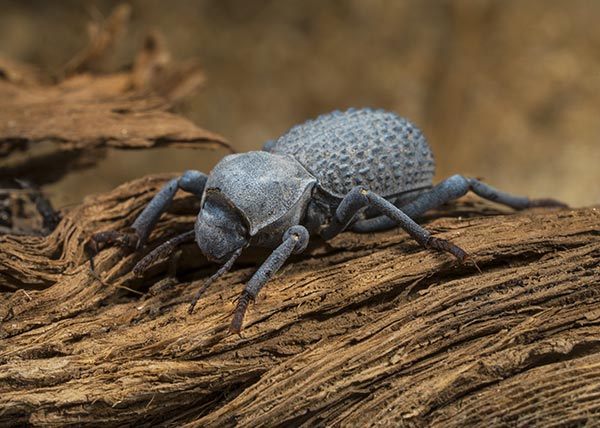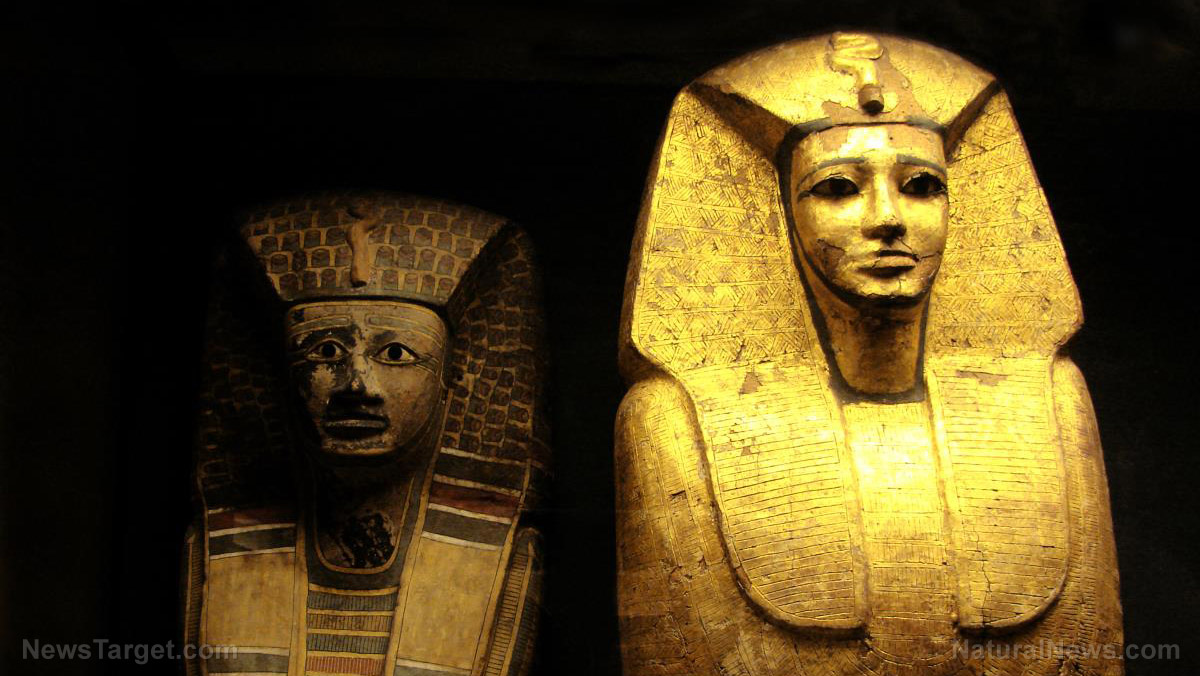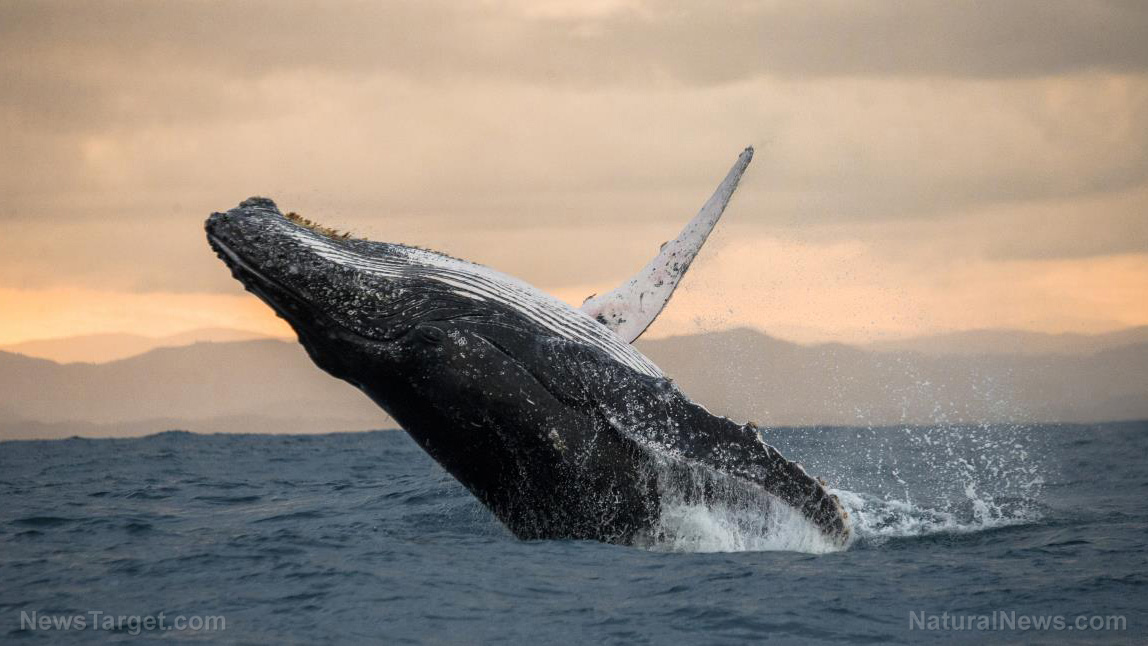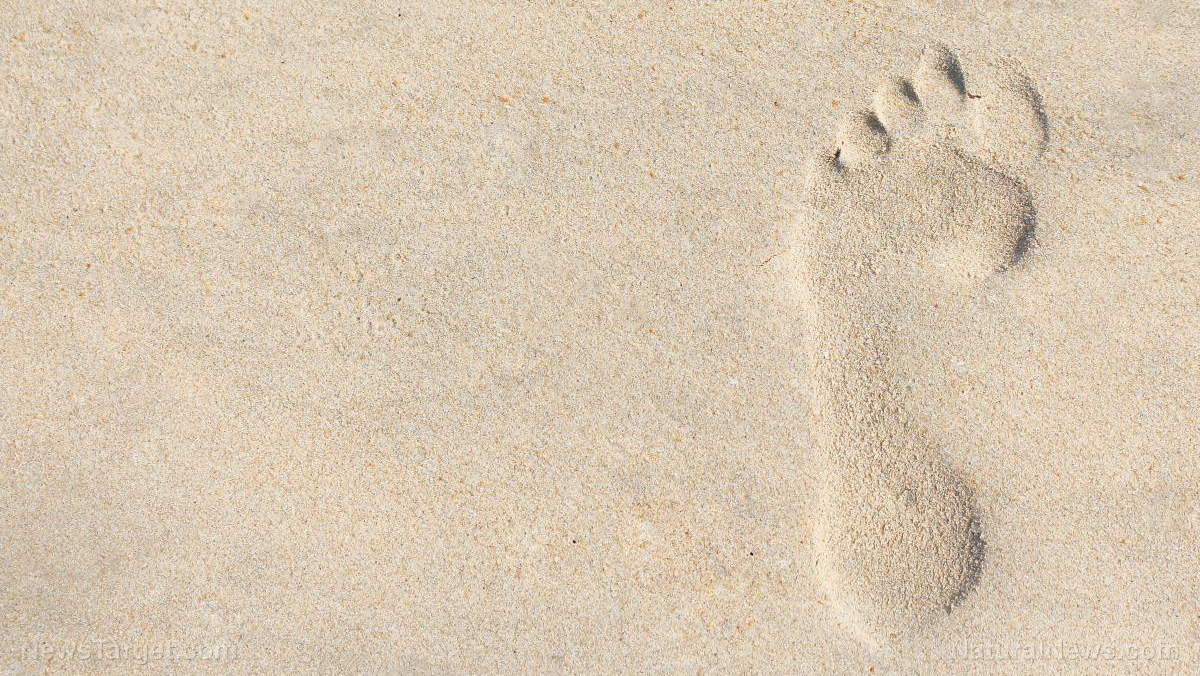Scientists discover rare coral tower taller than the Empire State Building on the Great Barrier Reef
10/29/2020 / By Divina Ramirez

A massive spire of detached coral has been discovered in Australia’s Great Barrier Reef. The spiral stands at about 1,600 feet tall, dwarfing some of the world’s tallest buildings, such as New York’s Empire State Building, Paris’ Eiffel Tower and Malaysia’s Petronas Twin Towers.
Researchers from the Schmidt Ocean Institute announced the discovery Monday. They came upon the coral while mapping the northern Great Barrier Reef seabed last week aboard a vessel named Falkor.
Using an underwater robot named SuBastian, the group explored the reef and live-streamed high-resolution footage from their expedition. It showed that the base of the “blade-like” reef measured nearly one mile wide and that the tower itself rises up to just 131 feet below the ocean surface.
“To not only 3D map the reef in detail, but also visually see this discovery with SuBastian is incredible,” said expedition lead Robin Beaman, a marine biologist from Australia’s James Cook University.
Meanwhile, Schmidt Ocean Institute co-founder Wendy Schmidt said that the unexpected discovery affirms how scientists continue to find unknown structures and new species in the ocean.
Beaman and his team are in the middle of a 12-month-long exploration of the oceans surrounding Australia. The expedition is also designed to map the seafloor around the Great Barrier Reef.
Skyscraper-esque coral spire
The coral tower is located off the coast of North Queensland in the area around Cape York. Only seven other similar coral towers have been discovered in this region since the 1800s, making the discovery the first such find in more than a century.
The collection includes the coral tower at Raine Island, which is the world’s most important green sea turtle nesting area. (Related: New study finds that 100 PERCENT of sea turtles have plastics in their bellies.)
While the coral tower is bedded to the ocean floor, it is detached from the main coral structures of the Great Barrier Reef, which is home to more than 1,500 species of fish. Only time will tell if the enormous coral reef will merge with the recently discovered skyscraper-esque coral tower.
The state of human knowledge about the ocean has long been so limited, however, new technologies are changing that, said Schmidt. “New oceanscapes are opening to us, revealing the ecosystems and diverse life forms that share the planet with us.”
Beaman and his team are expected to continue their seabed mapping expedition until Nov. 17. Maps created during the expedition will be available through AuSeabed, a national seabed mapping coordination program led by the government agency Geoscience Australia.
A fruitful expedition
The reef adds to a year of undersea discoveries by the institute. In August, Beaman and his team found five previously undescribed species of black coral and sponges. They also recorded Australia’s first sighting of a rare scorpionfish in the Coral Sea and Great Barrier Reef marine parks.
In February, they found deep-sea coral gardens and graveyards in Bremer Canyon Marine Park, a protected area located in the Indian Ocean off the southern coast of Western Australia. The park is known for its deep, undersea canyons, which are biodiversity hotspots.
The discovery of the fossil coral deposits in the canyons has global implications, said Malcolm McCulloch, a chief scientist at the Schmidt Ocean Institute who took part in the expedition. The cold waters in the region originate from those around Antarctica, which feed all of the major oceans and regulate climate.
In April, the team also discovered the world’s longest recorded sea creature, a 148-foot-long siphonophore, in the Ningaloo Canyon off Western Australia’s northwest coast. Siphonophores are gelatinous creatures closely related to jellyfishes that live deep in the ocean.
Learn more about coral reefs and columns at OceanHealthNews.com.
Sources include:
Tagged Under: Ecology, environment, future science, marine life, Oceans
RECENT NEWS & ARTICLES
COPYRIGHT © 2017 REAL SCIENCE NEWS



















